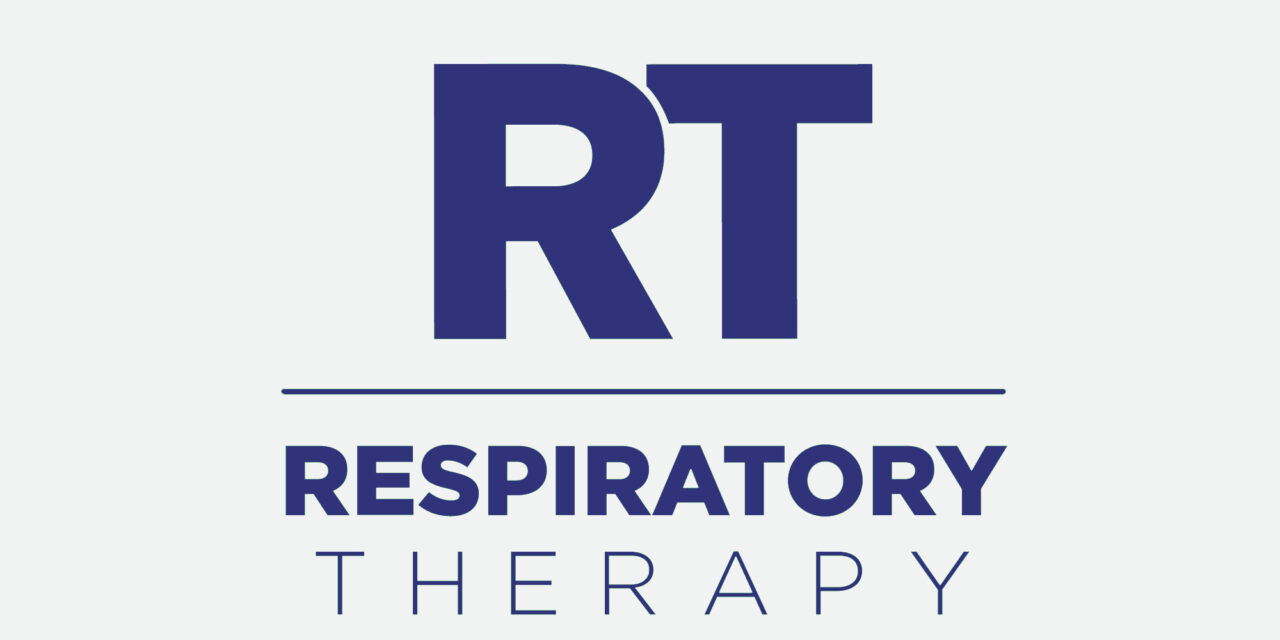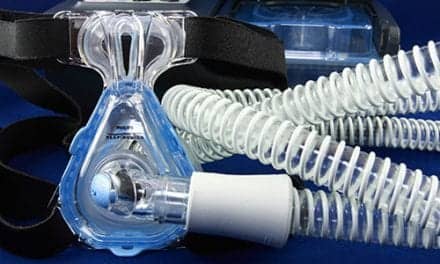New evidence-based guidelines issued by the American College of Chest Physicians (ACCP) provide comprehensive recommendations for the diagnosis and management of cough in adults and children, including specific recommendations for the prevention of whooping cough in adults. Diagnosis and Management of Cough: Evidence-Based Clinical Practice Guidelines is published as a supplement to the January 2006 issue of CHEST.
The ACCP cough guidelines put new emphasis on the following:
- The guidelines strongly recommend that adults up to 65 years old receive a new adult vaccine for whooping cough.
- The ACCP guidelines stress that most over-the-counter (OTC) cough expectorants or suppressants, including cough syrups and cough drops, do not treat the underlying cause of the cough. Therefore, the guidelines recommend that for adults with acute cough or upper airway cough syndrome (previously named postnasal drip syndrome), an older variety antihistamine with a decongestant is the preferred therapy.
- The guidelines also provide comprehensive, specific, evidence-based recommendations for the diagnosis and management of cough in children. Although the guidelines address all types of pediatric cough, they make a strong recommendation against the use of OTC cough and cold medications for children age 14 years and younger.
Respiratory Congress Set for 2006
The 14th Congress of the Asia Pacific Association for Respiratory Care and ISRD Symposium has been scheduled to be held Nov 16 to 18, 2006 at the Everbright Convention Center, Shanghai, China. “Most of the world’s experts on ARDS management, respiratory physiology, and epidemiology of other respiratory related syndromes will be coming from Western Europe, the USA and Asia,” says Elcee Cagas Conner, RRT, RCP, president, Asia Pacific Association for Respiratory Care. Speakers will address topics including COPD and acute respiratory care, and information will be provided on recent research and the clinical application of respiratory disease management.
Lung Cancer Screening Encouraged
To detect invasive lung cancer in its early stages, researchers urge current and former smokers who have a strong family history of the disease to take a lung function test and undergo screening with spiral computed tomography. The test is especially important should the previously diagnosed relative be young (around 50). These findings appear in an article on familial lung cancer in the January 1, 2006 issue of the American Journal of Respiratory and Critical Care Medicine. “Because cigarette smoking is such an overwhelming risk factor and preventable, the importance of family history and genetic susceptibility to lung cancer risk has been overlooked,” says Ann G. Schwartz, PhD, of the Karmanos Cancer Institute in Detroit. She pointed out that individuals with a family history of lung cancer are at approximately a two- to threefold increased risk of developing the illness. “While debate continues about the efficacy of spiral computed tomography screening for lung cancer in broad population of smokers, the ability to focus screening efforts in a truly high-risk subpopulation would clearly be of benefit now,” says Schwarz.
Global Asthma/COPD Sales Forecast to Grow
According to a Research and Markets analysis, global asthma/COPD product sales are forecast to grow to $23 billion by 2014, with inhaled corticosteroid/long-acting bronchodilator combinations set to be the leading class by value in 2014. The study concludes that there is a positive outlook for the respiratory market over the next 5 years, which will experience a sustained period of growth driven by the expansion of sales in existing classes, the launch of major new products, and the results from several landmark studies.
| AANMA Launches Asthma Education Campaign Now that state laws are changing to allow students with asthma and anaphylaxis to carry and self-administer lifesaving medications at school, the Allergy & Asthma Network Mothers of Asthmatics (AANMA) has launched a national campaign to educate students, parents, health care providers, and school staff about these new laws and help students self-manage their diseases. “For many students with asthma or anaphylaxis, the decision to run laps in gym class, join the marching band, or eat lunch with classmates requires making life and death risk assessments on their own every day,” says Nancy Sander, AANMA president and founder. “As parents, teachers, or medical professionals, it’s our job to help them do this with confidence and knowledge.” There is no specific age or grade level at which all students with these conditions have the skills needed to carry and use medications responsibly. Incorporating self-care in the school setting requires cooperation among students, parents, teachers, and other school personnel. “Communication is key,” says Kevin Murphy, MD, an AANMA board member who led efforts to ensure emergency and asthma and anaphylaxis medications were in every school building in Nebraska. “Now that most states allow students to carry and use asthma and anaphylaxis medications at school, medical care providers need to talk to students to make sure they are ready to make self-care decisions at school.” Asthma Screening Program Celebrates 10 years of Success |










